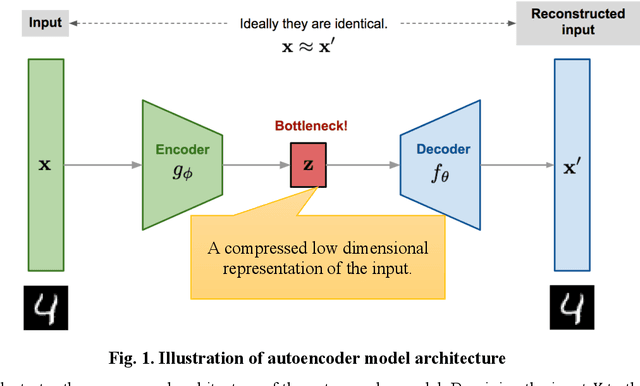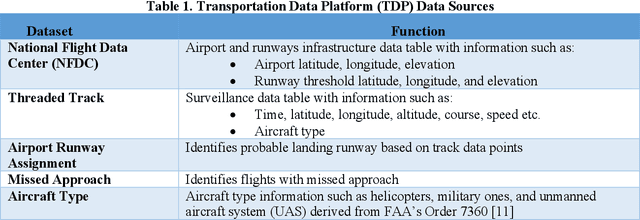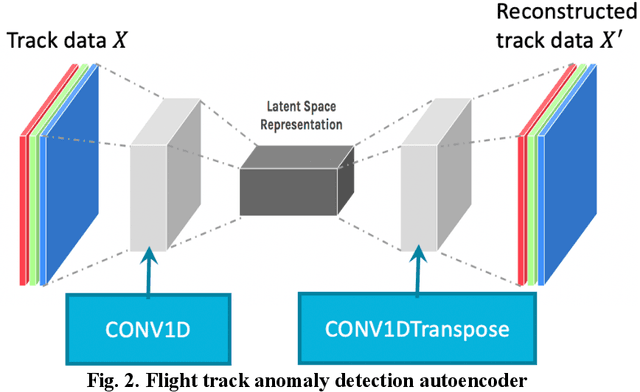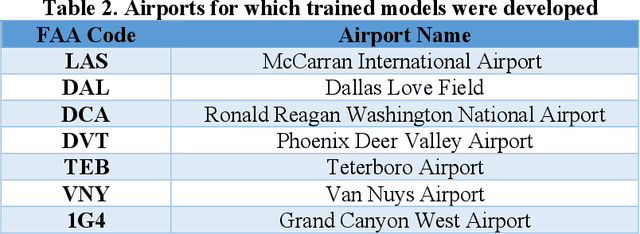Autoencoding Features for Aviation Machine Learning Problems
Paper and Code
Nov 07, 2020



The current practice of manually processing features for high-dimensional and heterogeneous aviation data is labor-intensive, does not scale well to new problems, and is prone to information loss, affecting the effectiveness and maintainability of machine learning (ML) procedures. This research explored an unsupervised learning method, autoencoder, to extract effective features for aviation machine learning problems. The study explored variants of autoencoders with the aim of forcing the learned representations of the input to assume useful properties. A flight track anomaly detection autoencoder was developed to demonstrate the versatility of the technique. The research results show that the autoencoder can not only automatically extract effective features for the flight track data, but also efficiently deep clean data, thereby reducing the workload of data scientists. Moreover, the research leveraged transfer learning to efficiently train models for multiple airports. Transfer learning can reduce model training times from days to hours, as well as improving model performance. The developed applications and techniques are shared with the whole aviation community to improve effectiveness of ongoing and future machine learning studies.
 Add to Chrome
Add to Chrome Add to Firefox
Add to Firefox Add to Edge
Add to Edge